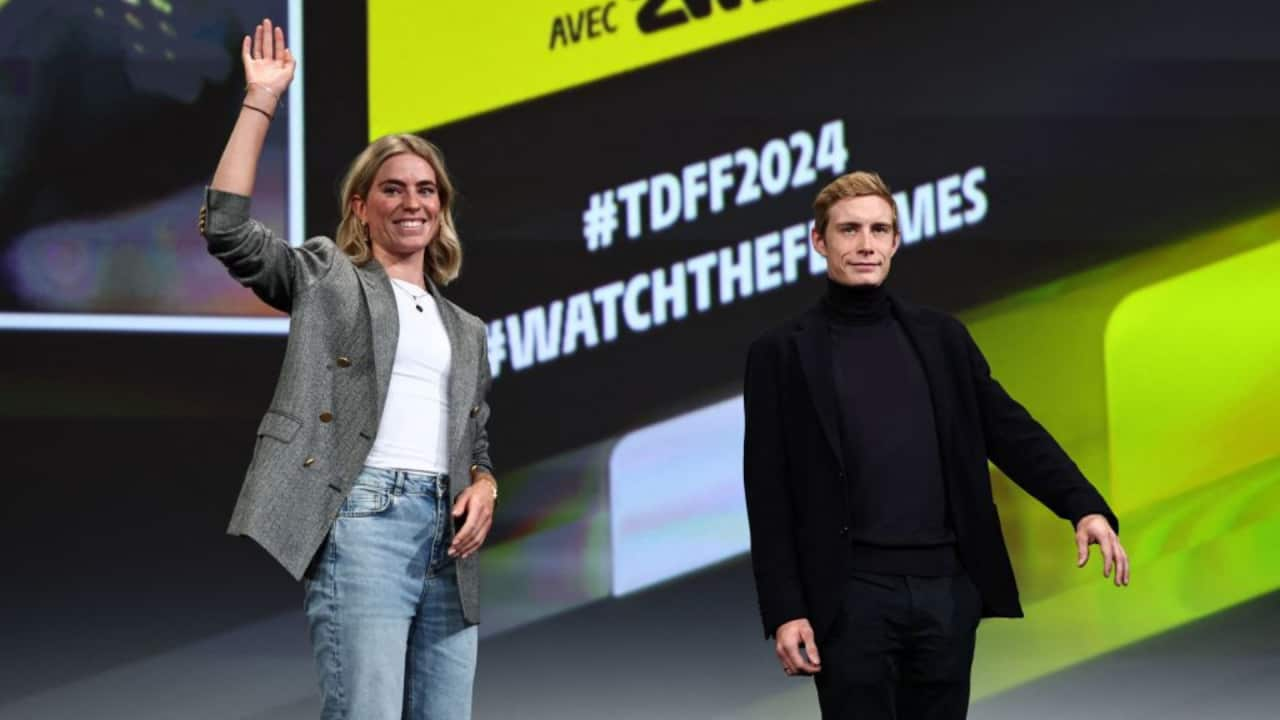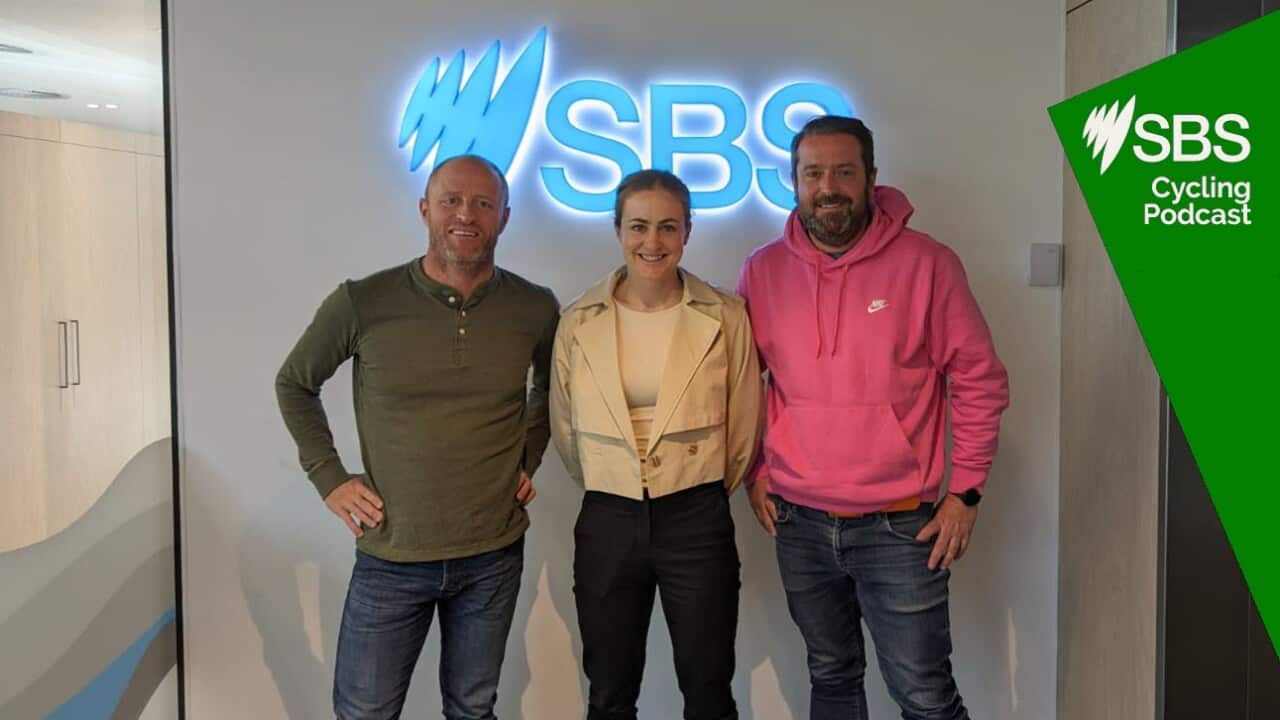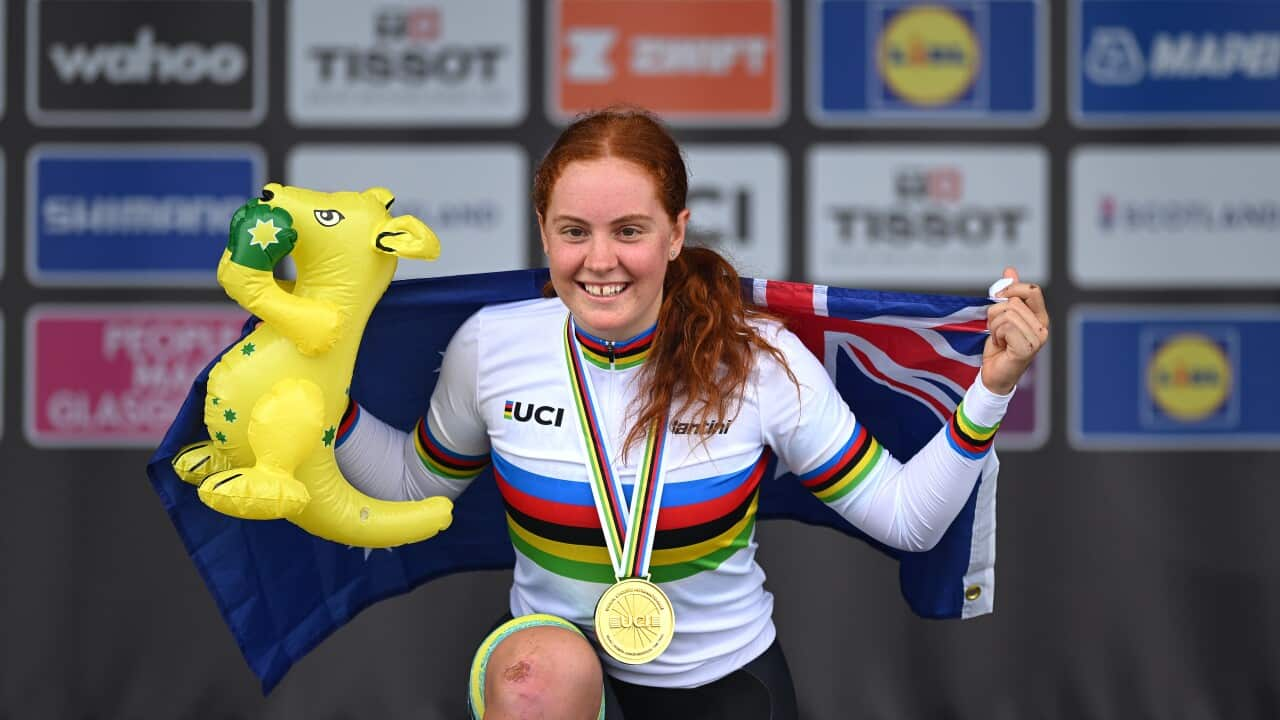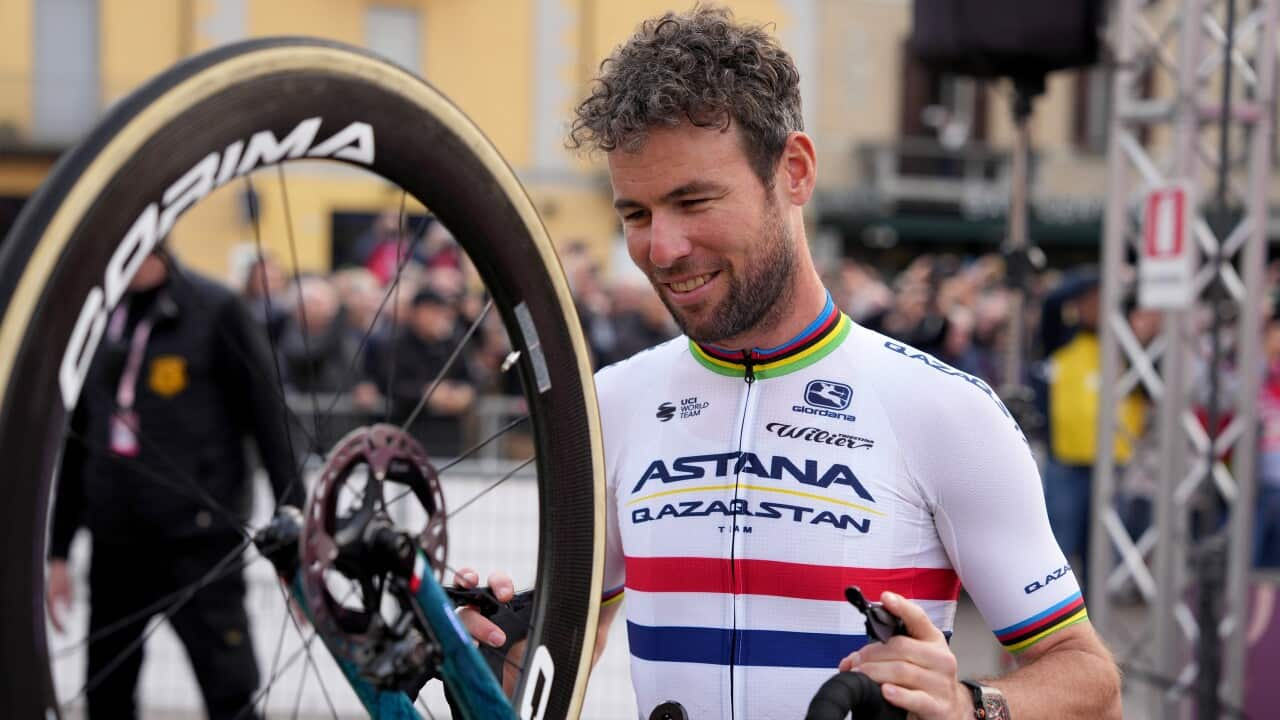Watch all the best , with the Tour de France, Tour de France Femmes and much more.
Anticipation for the 2024 Tour de France and Tour de France Femmes Avec Zwift is rising after the route for both races was revealed during the official course presentation in Paris on October 25.
The Paris Olympics in August next year has forced organisers to shake up the traditional Champs-Elysées finish, while Grand Departs in Italy and the Netherlands for the Tour de France and Tour de France Femme have played a big part in what race director Christian Prudhomme and his team have delivered for La Grand Boucle in 2024.
What’s unique about both routes in 2024?
The first men’s Tour to start outside of France was in the Netherlands, in 1954, so it’s fitting that the first women’s edition of the race to start on foreign soil will also take place there.
But the most significant, and genuinely unique, aspect of this year’s men’s race is the finish in Nice due to the Olympic Games being hosted in Paris.
After 110 editions, this will be the first time the Tour has finished outside of the French capital and the first time not on the Champs-Élysées since 1975.
I believe Nice is the most fitting alternative to Paris. It is steeped in cycling history, thanks to Paris-Nice and is home to many non-European professional cyclists.
More importantly, Nice and the surrounding region have an incredible landscape for entertaining racing.
Plus, with the race for yellow being traditionally finished on the final stage, I’ve often found it to be an anticlimax (2023 was an exception thanks to Tadej Pogacar). It’s like having a first round football match the weekend after the Grand Final.
A tough final time trial into Nice will make for a great end to the 111th edition of the Tour de France and surely shake up how teams chasing the yellow jersey approach the final week.
Which teams or riders does the TDF and TDFF routes favour?
Tour De France
The start in Florence will be spectacular. A lot of people get into the Tour thanks to the landscape and historical monuments. The TV director will have a tough time on the first stage choosing between the race and the backdrop through the living museum of Florence and the surrounding area.
The opening two days are tough, potentially tougher than this year’s start in the Basque Country. The sprinters will get their first chance on Stage 3. The longest stage of the race, at 229km, and the ideal day for Mark Cavendish to take stage win number 35.
The race heads into France on Stage 4 for the highest peaks the race has ever seen this early. It’s not a mountaintop finish but the final climb of the day is the Col du Galibier, at 2,642m. So the action in the race for the final yellow jersey will be starting early.
Stage 7 sees the first of two individual time trials. This is a fairly flat 25km. Good for Remco Evenepoel, assuming he makes his Tour debut.
Stage 9 , starts and finishes in Troyes, and features 14 sectors of gravel roads. This is an opportunity for Tadej Pogacar to take time on Jonas Vingegaard.
Pogacar’s bike handling skills are equal to any of the classics specialists. He’s proven that multiple times, winning Strade Bianche, Tour of Flanders and in the way he rode the cobbles on Stage 5 in 2022.
This is a day that will have UAE on the offence and Jumbo-Visma nervous for the next seven months.
Stage 14 and 15 are big days in the Pyrenees. Stage 15 is super tough and falls on Bastille Day, with the second rest day to follow. It will be a decisive stage.
But the toughest day is sure to be Stage 19, with three climbs going over 2,000m above sea level.
The Col de Vars takes the race to 2,109m; it’s then onto the Cime de la Bonette, at a whopping 2,802m, before finishing at Isola, a ‘mere’ 2,024m.
With this stage on the menu, pre-Tour altitude camps will be in full effect for any GC contender.
Despite being born and raised at sea level, Vingegaard has proven to be the best at high altitude. Pogacar will be licking his lips for the gravel on Stage 9, Vingegaard will be ready to make his move on Stage 19.
And the beauty of the race finishing in Nice is there will be no final days of transition to get to Paris.
Stage 20 delivers more climbing. A punchy 133km, with four categorised climbs, finishing at the top of the Col de la Couillole, a 15.7km climb at 7.1%.
But it’s not over yet.
The final stage will have the final say.
Stage 21, Monaco to Nice, a 34km individual time trial. It’s uphill for the first half, over La Turbie (8.1km at 5.6%) and the Col d’Eze (1.6km at 8.1%) before a long descent to the finish line.
These two climbs feature regularly on the final stage of Paris-Nice, so I expect many of the Tour favourites to ride that race in March.
Tour de France Femmes avec Zwift
I love that with the race starting in Holland it finishes on Alpe d’Huez, the mountain most synonymous with Dutch riders.
There are minimal post-day transfers for the opening three stages. But they’re big for the rest of the race, which will give the bigger teams an advantage.
The teams with bigger budgets can get everything right for post-stage recovery and do the drive to the hotel more comfortably than the riders on smaller teams.
Including a time trial is good, particularly one that is so short, just 6.3km. It will matter. The gap between second and third this year was less than one second. It’s unlikely to decide the Tour but it will be a factor.
At the very least, it will help confirm the pecking order before the race reaches the mountains.
Like any race, SD Worx will start as the favourites on every stage. They could genuinely win every stage. But as they were the favourites for every stage this year, sports rarely go to the letter of the script. They only won half the eight stages, finished second in three others and third, their worst result, in the other.
The opening five stages are perfect for Lotte Kopecky; the final three, the most difficult, are perfect for Demi Vollering.
It would make for a great race if Kopecky and Vollering were on different teams. But they’re not. Finding a clear challenger at this stage isn’t easy. Hopefully the early part of the season reveals another contender.
Vollering is the woman to beat.
Can Jonas make it three Tour de France titles in a row?
Jonas Vingegaard is the man to beat.
The only stage that will have him thinking, “what do I need to do differently to be ready for that”, is the gravel on Stage 9.
Given his performance against the clock this year, he’ll like the extra individual time trial kilometres. And the high altitude stages suit him.
Not having Primoz Roglic on the team won’t hurt him. Roglic wasn’t at the Tour this year and it only served to make it even clearer who the team leader was.
And despite Sep Kuss winning the Vuelta a Espana, Vingegaard will be the undisputed leader of the team.
What does the standalone TDF and TDFF mean for Australian audiences?
I wish the TDFF was before the TDF, not after it. The challenge for the TDFF will be audience fatigue, having watched the men’s Tour, then the Olympic Games, before the women’s Tour.
My hope was that the women’s Tour would be before the men’s Tour. It’s easier for any race, men’s or women’s, to get audience attention before the men’s Tour than it is after it.
On the upside, we’ll get a chance to see the newly crowned Olympic champion in action, which will create a different buzz to what we’re accustomed to at the Tour.
There’ll also be plenty of riders out to prove a point. Redemption from a disappointing Olympics or to make a statement to national selectors who didn’t pick them for the Games.
And with a start in the Netherlands, we’re sure to see huge crowds on the side of the roads, which adds so much to any bike race.
If there’s one thing COVID-19 taught all sports, it’s how important the fans are. And for anyone watching on television, a race feels more important with spectators on the side of the road, and we’ll see plenty at the TDFF.








